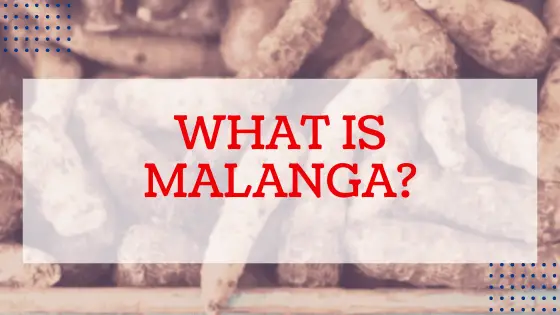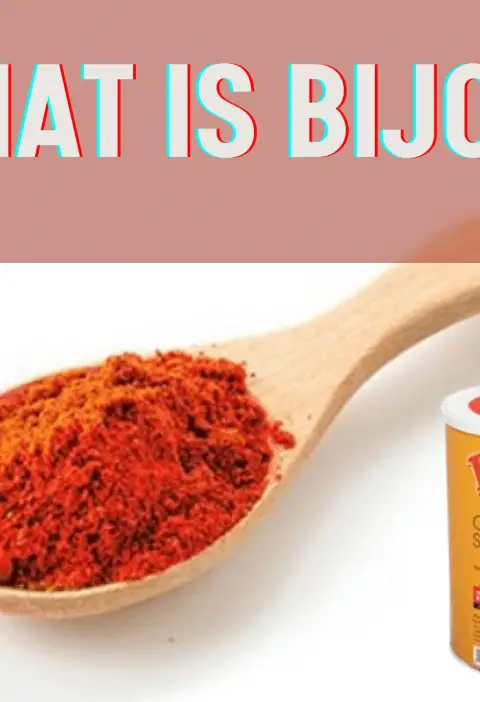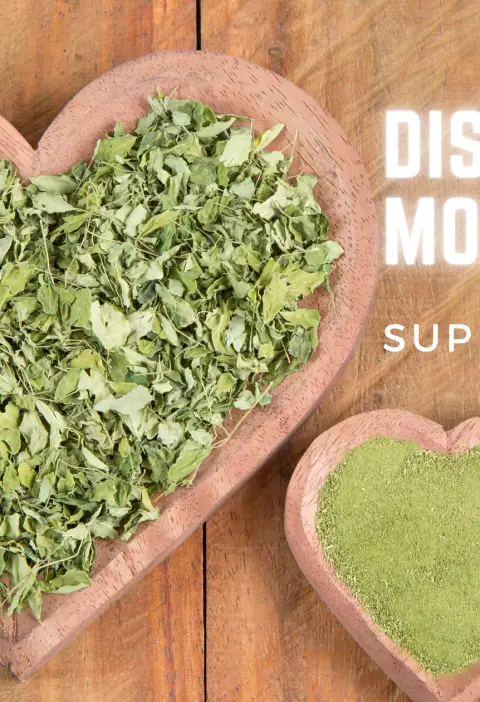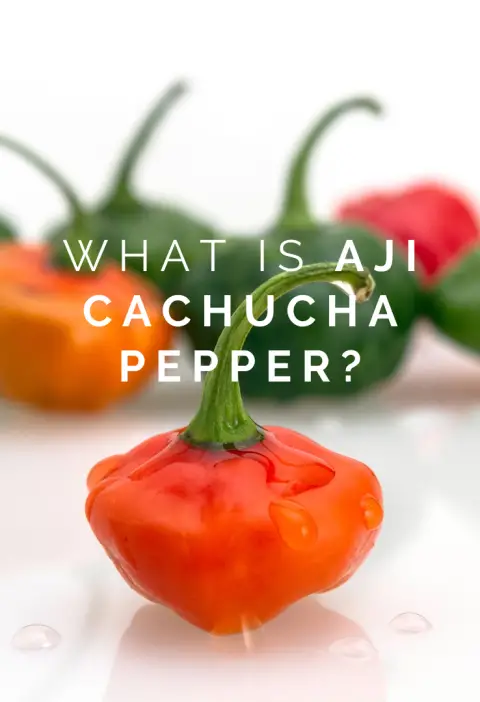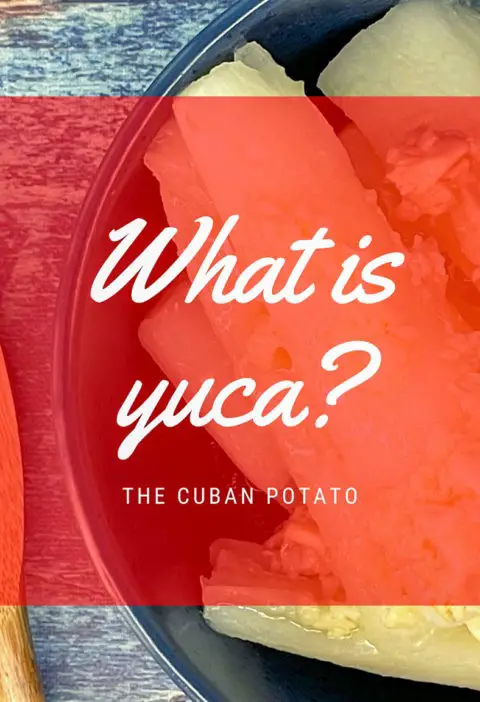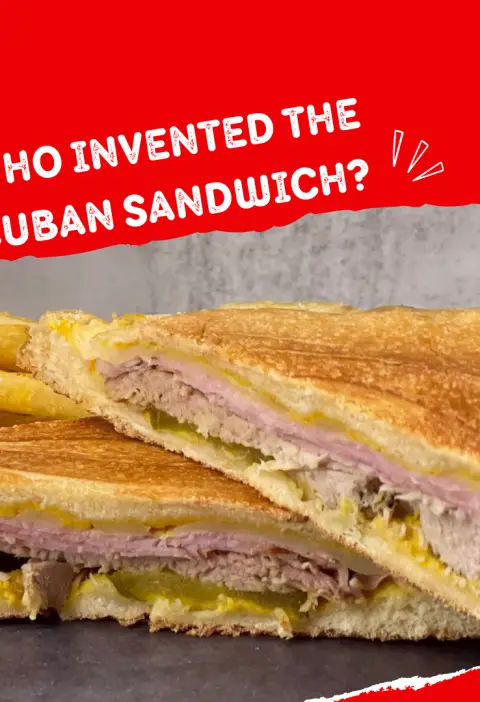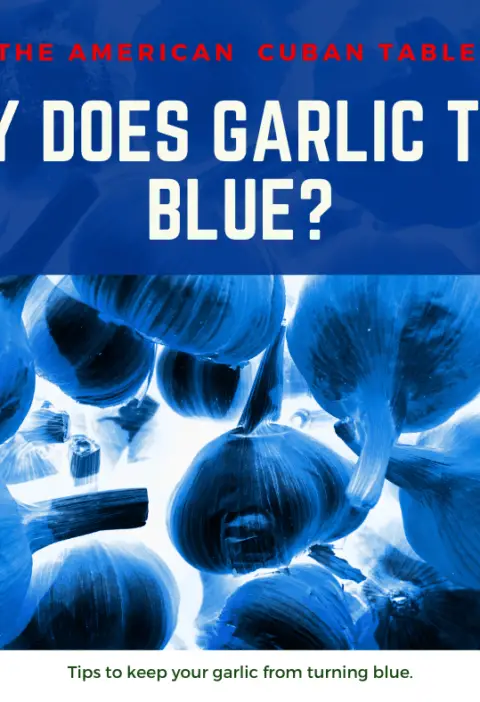Have you ever heard of Malanga? This lesser-known root vegetable may not be as famous as potatoes or carrots, but its unique flavor and nutritional value make it worth discovering. In this guide, we will take you on a journey to uncover the fascinating world of Malanga.
With its brown, hairy exterior and creamy white flesh, Malanga may not win any beauty contests, but its taste will impress you. It has a nutty, earthy flavor that pairs well with a variety of dishes, from soups and stews to gratins and fritters. Not only does Malanga add a delicious twist to your meals, but it also offers numerous health benefits. This root vegetable is low in fat, high in fiber, and packed with essential nutrients like potassium, magnesium, and vitamin C.
I was probably about 19 years old the first time I ever ate malanga. It was so different from anything else, but it quickly became one of my favorite foods! When I met my Cuban husband and started eating meals with his family, sometimes I didn’t even know what I was eating. However, I always loved every bite!
Whether you’re a foodie looking to expand your culinary horizons or someone seeking a healthy alternative to common root vegetables, Malanga is definitely worth a try. So let’s dive into the world of Malanga and discover all the wonderful ways you can incorporate this underrated vegetable into your diet.
The malanga I ate for the first time was mashed with bistec encebollado (steak with onions). The sauce created from making the steak was poured over the mashed malanga, and it was delicious. So, what is malanga?
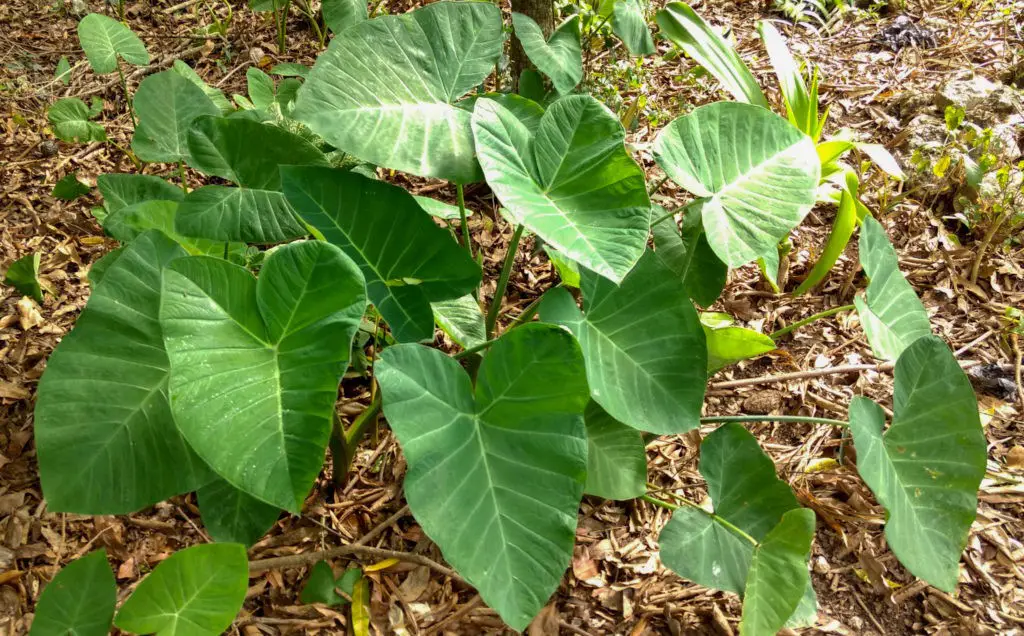
Malanga is a root vegetable known for both its ornamental value and its edible cormel. It originated in Central and South America, Africa, and the Caribbean, including Cuba and Puerto Rico. The corm grows from the base of the malanga plant and grows underground like a tuber. The tuber has a brown thick shaggy skin that can be hairy and bark-like. The shape is like a sweet potato or yam. The inside is white, firm, and crisp like a potato. The stems and leaves can grow up to 5 feet in height. They are commonly called elephant ears.
Now that we know what it looks like, let’s go over what it tastes like.
What Does Malanga Taste Like?
Malanga has an earthy nut-like taste. The flavor is unique to any of the other tubers. Despite looking like a potato or sweet potato, it does not taste like yam or sweet potato.
The malanga I ate for the first time was mashed with bistec encebollado (steak with onions). The sauce created from making the steak was poured over the mashed malanga, and it was delicious.
Is Malanga Good For You?
Yes, malanga is an excellent source of fiber, potassium, and B vitamins. The high fiber content means it is low on the glycemic index. Malanga will not spike your blood sugar. It contains vitamin B2, also known as riboflavin which boosts immune systems and energy levels. It contains vitamin B9, also known as folate, which helps convert carbohydrates into energy.
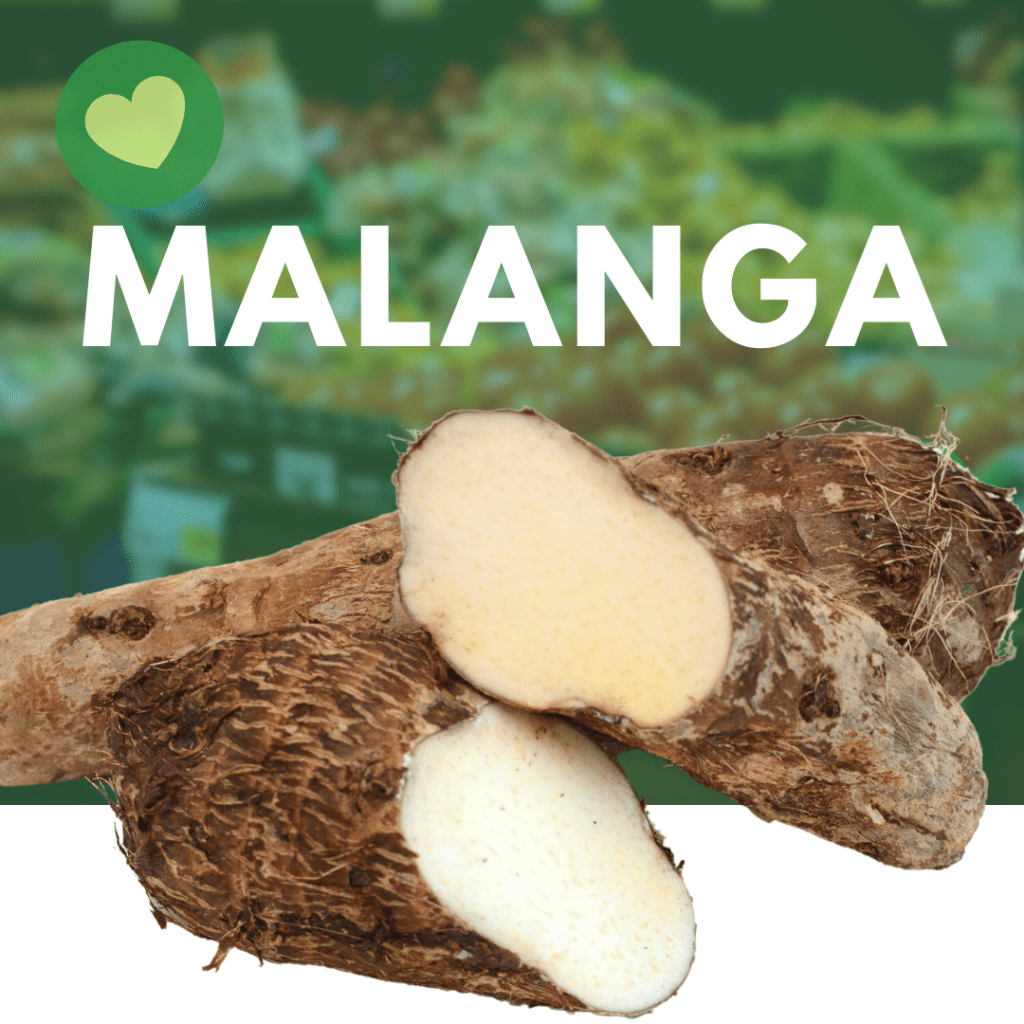
Malanga is also an outstanding alternative to potatoes. Potatoes are part of the nightshade family. Some people can not eat nightshade foods for medical reasons such as inflammatory bowel disease and joint inflammation. Surprisingly, malanga does not belong to the nightshade family.
Go here for more information about how malanga is one of the most hypoallergenic foods globally and contains other health benefits.
Malanga vs Taro
Are malanga and taro the same thing? No, malanga and taro are not the same thing. Some grocery stores in the United States label them interchangeably, but they shouldn’t be. Malanga is botanically known as Xanthosoma sagittifolium. Taro is botanically known as Colocasia esculenta.
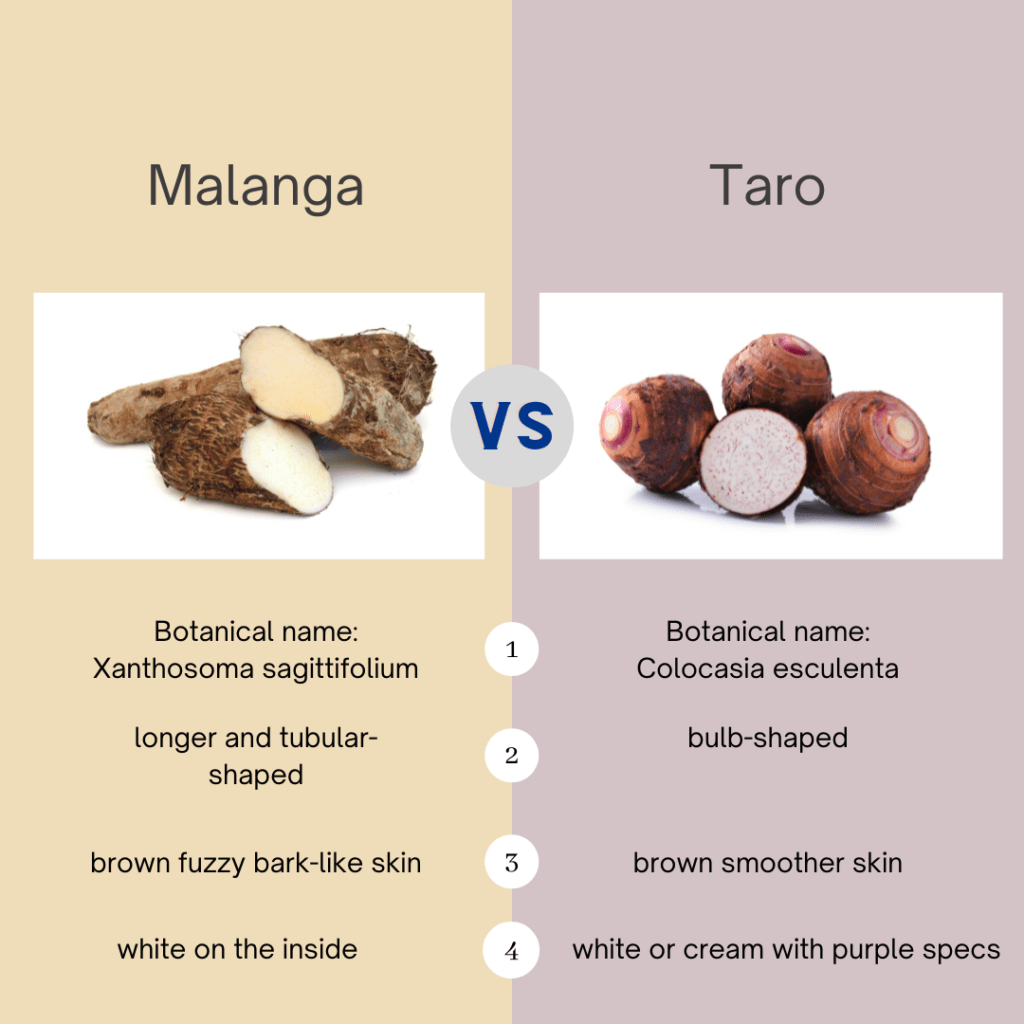
Malanga is longer and tubular-shaped, similar to a sweet potato. Taro is more bulb-shaped, similar to a potato. Malanga has a brown fuzzy bark-like skin, and taro has brown skin but is a little more smooth. Malanga is white on the inside, while taro can be white or cream with purple specs.
Malanga is called by other names such as Cocoyam and Yautia in South America. It is known as Tannia in the Dominican Republic. In the Bahamas, it is called Taniera.
Taro is called Dasheen in the Caribbean, while in Egypt, it is called Culcas. In Japan, it is called Satoimo. In Hawaii, where it is the most popular in the United States, taro is called Kalo. In Africa, where it is the main staple, it is called Cocoyam.
How Do You Peel Malanga?
First, scrub the malanga under running water with a brush. It is easier to peel malanga using a knife over a potato peeler. Using a potato peeler will take longer and leave your hands tired because the skin of malanga is thicker than potatoes. Also, once you start getting into the flesh of the malanga, they are slippery. Use a paper towel to help grip the malanga.
Next, cut off each end of the malanga. Then, cut the malanga into segments of 3-4 inches long. Stand the malanga up on the end that has the widest diameter. Starting from the top and cutting down, cut the skin off in segments all the way around.
Put the peeled malanga in a bowl of cold water to keep them from turning brown while you peel more.
Now that we have them peeled, you are probably thinking, “How do you eat malanga?”
How Do You Eat Malanga?
Malanga can be enjoyed in many different ways. Most important, always cook malanga, never eat it raw. It can be boiled for mashed malangas, like the very first time I had it. Prepare it like mashed potatoes and add milk and butter or beef broth and olive oil with salt to taste and serve with bistec encebollado.
It can be roasted. I like to use malanga and potatoes when making Pollo Asado. Add it to soups like ropa vieja soup or ajiaco. However, when boiling in soups, it can be overcooked, and it will disintegrate and act as a thickener.
It can be peeled and cut into thin slices and made into malanga chips.
It can even be grated and used to make frituras (fritters) that are sweet or savory. Until I get all of my recipes added to the website, look here.
As I mentioned earlier, malanga is hypoallergenic and can be dried and ground into flour. If you are intolerant to wheat or gluten, it is an excellent substitute for wheat flour.
How Do You Store Malanga?
Once you bring malanga home from the store, fresh malanga should be stored in a cool, dry place at room temperature but not below 45 degrees. Once peeled, it should be refrigerated and used the next day.
Final Thoughts
Next time you see malanga in the grocery store or farmers market, you don’t have to wonder what it is anymore. Now you can take some home with you and use it as you would use a potato.

Explore the Essence of Cuban Cuisine with Noelle – a devoted culinary enthusiast enamored by Cuban flavors for over 30 years. Guided by her husband’s mami and abuela, she refined her skills using the ‘by eye’ technique, converting cherished recipes into precise culinary treasures. Continuously enriching her expertise, Noelle actively engages in cooking classes, infusing her platform with measured recipes and an authentic taste of Cuban food, inviting the world to savor the essence of this vibrant cuisine.

